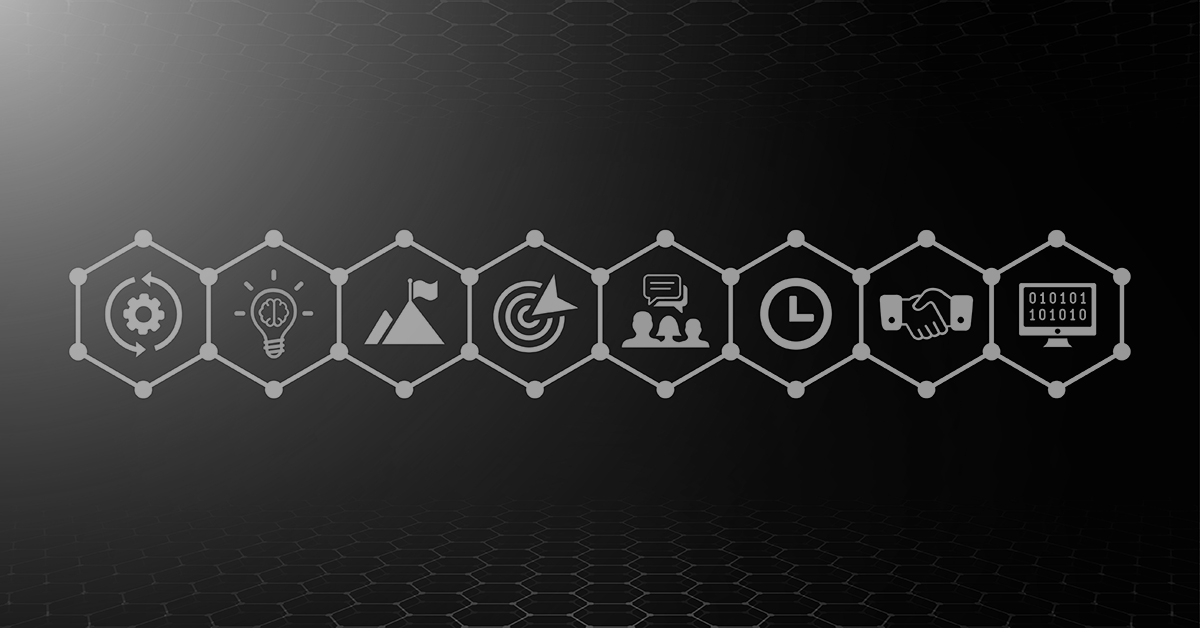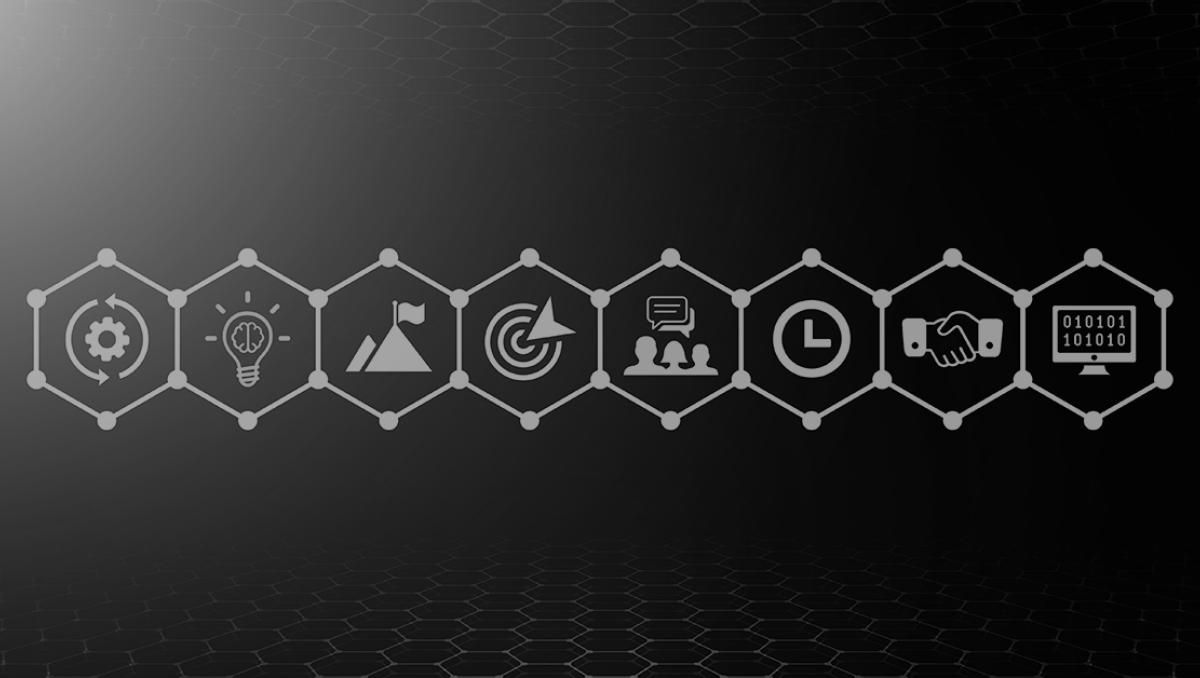
The threat of cyberattacks is at an all-time high. In fact, research shows that worldwide cybercrime costs are anticipated to reach $10.5 trillion annually by 2025. Cybercriminals threaten all, as 43% of cyberattacks target small enterprises. The rise of these threats underscores the importance of a robust cyber defense strategy, and one key way to do that is through layered cybersecurity solutions.
A multi-layered strategy helps businesses better protect against, identify, and mitigate the growing number of attacks in today’s digital world. This article will explain the principle of layered cybersecurity solutions, why it’s so important to establish solid cybersecurity measures, and how each layer interacts to form a comprehensive approach against cyber threats.
What is Layered Cybersecurity?
Layered security is the practice of using a tiered approach to defend against the broad array of attack vectors in your environment. These layers usually consist of network security, endpoint security, and application data protection. Defend every layer, and you lessen the probability that any given cyberattack may succeed because attackers must get passed all of it; not just one.
The advantages of this layered security strategy include improved resilience — if one layer is breached then the other layers come to the rescue and stay behind providing protection. Also, layered security provides more extensive protection that extends to tactics such as phishing attacks, malware, or insider threats.
Core Layers of a Strong Cyber Defense
A comprehensive cybersecurity strategy includes several core layers, all of which are designed to protect different parts of your environment. The core layers you should consider enacting to bolster your cyber defenses are as follows:
- Network Security: Network security is your initial line of defense. Firewalls, intrusion detection, and prevention systems restrict unsanctioned access and reveal suspicious activity, limiting your network to only the most relevant traffic.
- Endpoint Security: Endpoint security protects devices such as laptops and smartphones from potential malware, viruses, and other threats. There are also more access points for attackers when your workers telecommute, so make sure your devices are up to date and keep track of threats as they happen.
- Application Security: Application security protects the software you use, such as web apps and mobile apps. Regular testing and updates ensure vulnerabilities are patched, reducing the risk of an attack.
- Data Security: Defending sensitive information with data security enables you to keep it safe. Implementing data encryption and backing up your data on a regular basis are essential protections for data confidentiality and availability.
- Identity and Access Management: Identity and Access Management (IAM) controls access to your systems and data. With strong authentication and role-based access control, this layer helps to safeguard you from inside attacks and compromised accounts.
Integrating Advanced Cybersecurity Solutions
For a truly robust cyber defense, you need to go beyond basic measures. This is where advanced cybersecurity solutions like Fortra come into play. Fortra’s Tripwire Enterprise combines industry-leading File Integrity Monitoring (FIM) with Security Configuration Management (SCM) to provide real-time change intelligence and threat detection. This ensures that any unauthorized changes to your system are immediately detected and addressed, reducing the chances of a security breach.
Forta VM offers a proactive approach to vulnerability management. Discovering and profiling your network assets provides a prioritized risk assessment that helps you focus on the most critical vulnerabilities. With continuous updates from Fortra’s vulnerability and research team, your systems remain protected against the latest threats, ensuring that your cyber defenses stay strong.
Integrating Threat Intelligence and Response
Threat intelligence and response should be integrated into your cybersecurity solutions to protect your organization. The purpose of threat intelligence is to offer real-time context in order for you to comprehend potential threats and plan accordingly before they affect your environment. It allows you to identify suspicious activities before they cause damage, giving you the advantage of detecting and preventing cyber threats early.
Automated threat response systems like Security Information and Event Management (SIEM) and Security Orchestration, Automation, and Response (SOAR) can be incredibly valuable in responding quickly. SIEM systems compile security data in real time and check for anomalies to notify you of unusual behavior. SOAR goes one stage ahead and automatically responds to threats, taking immediate action in response to the security incident. In tandem with incident response guidelines, these tools allow you to minimize the damage caused by breaches and further bulletproof your systems.
Human Element in Cybersecurity
Security is a shared responsibility, and all employees have a role in securing the organization. Even simple steps like creating a strong, unique password and being careful about email attachments can protect you. Good cyber hygiene helps to build a stronger defense against a potential breach at the company level.
Typically, we are made aware of external threats, but internal ones have also become a source of concern. However, layered cybersecurity solutions can help to address this. This method involves stringent access controls and tracking the activities of users to catch suspicious behavior. By combining these measures with your vigilance, you help ensure that any potential insider threats are managed effectively.
Evolving Cyber Threats and the Need for Continuous Improvement
New developing cybercriminal strategies allow them to bypass even the best cybersecurity solutions. This is why a layered approach is required. If you link network security with endpoint protection and threat intelligence, it becomes even more difficult to compromise your systems. A layered defense can protect, but the key to better security is through continuous improvement.
Cybersecurity is not a “set it and forget it” task. Your cybersecurity frameworks need to be periodically reviewed and changed as required. This means evaluating your existing defenses, identifying any gaps, and implementing necessary upgrades if your current configuration is weak in terms of identity and access management.
For instance, stronger methods of authentication such as blockchain technology are starting to be introduced into the security environment. Because the information on the blockchain cannot be tampered with, offering a promising solution for securing sensitive information. However, this technology as a cybersecurity tool is still in its infancy.
The future of cybersecurity is in AI, Automation & Advance Monitoring. AI-driven tools can process a massive amount of real-time data, recognizing any mode that might lead to an upcoming attack. Automation helps you scale response to keep up with new threats like never before. While advanced monitoring tools allow constant supervision so that anything out of the ordinary can be identified and dealt with instantly.
Key Takeaways for Implementing Effective Cybersecurity Layers
Building a strong cyber defense through layered cybersecurity solutions is essential for safeguarding your digital assets. A combination of security levels, networks, endpoint applications, and data protection creates strong shields against different types of cyber threats.
This construct can be bettered by additionally incorporating threat intelligence and automated response systems to help you detect possible attacks as quickly as possible. Investing in these comprehensive measures not only protects your organization from immediate threats but also fortifies your overall security posture, ensuring long-term resilience in an ever-evolving cyber landscape.
About the Author:
Micheal Chukwube is an Experienced Digital Marketer, Content Writer, and Tech Enthusiast. He writes informative, research-backed articles about tech, cybersecurity, and information security. He has been published on Techopedia, ReadWrite, HackerNoon, and more.
Editor’s Note: The opinions expressed in this guest author article are solely those of the contributor and do not necessarily reflect those of Tripwire.



